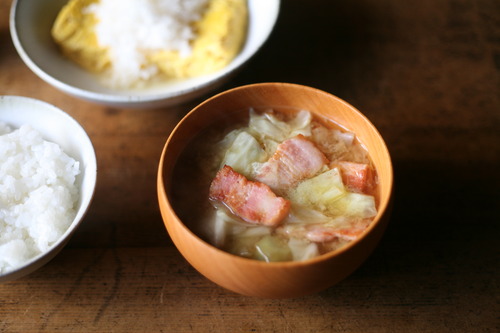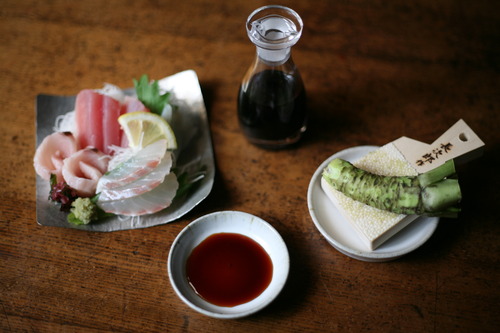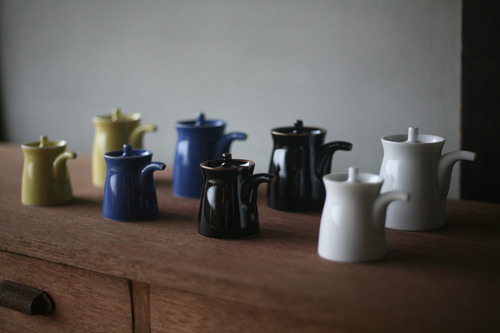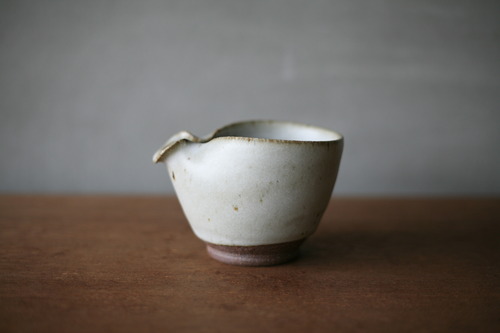
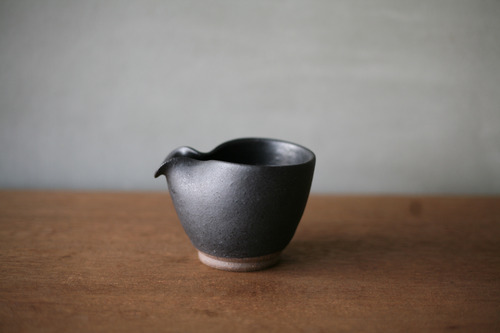
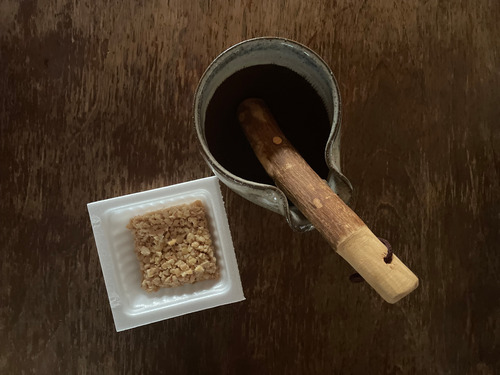

[Natto]
Natto is an affordable, nutritious, and delightful food amidst the rising prices of everything, not just foodstuffs. Natto is a fermented food made by fermenting steamed soybeans with bacteria. It is rich in high-quality protein, iron, and dietary fiber, and fermentation makes it more efficient in digestion and absorption of protein and other nutrients than soybeans. A characteristic ingredient is Nattokinase. Nattokinase reduces bad bacteria in the intestines and regulates the intestinal environment, improves immunity, prevents blood clots, prevents bone fractures (vitamin K function), improves menopausal disorders (soy isoflavone), and suppresses elevated blood sugar levels.
It also has a thromboprophylaxis effect and is said to help prevent cerebral and myocardial infarctions (however, those already taking medication for treatment should consult their doctor as it may counteract the effects of the medication). Bacillus natto is a spore bacterium. It is characterized by the production of a shell called a spore, and in an environment where it is difficult to inhabit, it tries to protect itself and survive by hiding in this shell. The human stomach contains stomach acid, which is a very strong acid environment. When Bacillus natto passes through the stomach acid, it is said that it creates spores to pass through and reach the intestines.
One of the types of natto is "hikiwari," but do you know how it differs from the common grain string natto? It is often thought that it is just a finer version of regular natto, but this is not the case. In contrast to "itohiki natto," in which steamed soybeans are fermented with natto bacillus, "hikiwari natto" is made by crushing the soybeans, removing the skin, and then fermenting it with natto bacillus. This allows for a larger surface area for the natto bacillus to adhere to. Although the same soybeans are fermented, hikiwari natto is said to have more nutrients and umami components due to the fermentation process. Also, since the skin is removed, the texture is softer and easier to eat, and it is easier to digest, making it easier for the elderly and children to incorporate into their diets.
Although natto is known for its many health benefits, excessive consumption is not recommended. As mentioned earlier, the bacillus natto has a high vitality, and eating too much can lead to an overabundance of bacillus natto in the intestinal environment, which can cause abdominal pain and nausea. Excessive intake of soy isoflavones is also said to bring about gynecological disorders. Every healthy food has its pros and cons. It is important to take the right amount in a well-balanced manner without bias. Natto seems to be effective if you continue to take an appropriate amount of one pack of natto per day (up to two packs at most).
Yamatada Katoen's natto bowls are made from "aoto" (blue clay) mined in Tajimi City, Gifu Prefecture. Aoto refers to the original clay from Takata, and is so called because the color of the clay, which is literally dug out of the ground, is a slightly ratty blue. Natto pots make natto fluffy and delicious. The warm shape is also very beautiful and fits in well with everyday dining. Why not have a natto bowl of your favorite color on hand?
Yamatada Katoen's Natto Bowl
https://www.shokunin.com/en/yamatada/natto.html
Sasayaka's Never Never Pack
https://www.shokunin.com/en/sasayaka/neverneverpack.html
References
https://www.hakko-blend.com/study/b_05.html
https://macaro-ni.jp/33230
https://faq.mizkan.co.jp/faq/show/42
